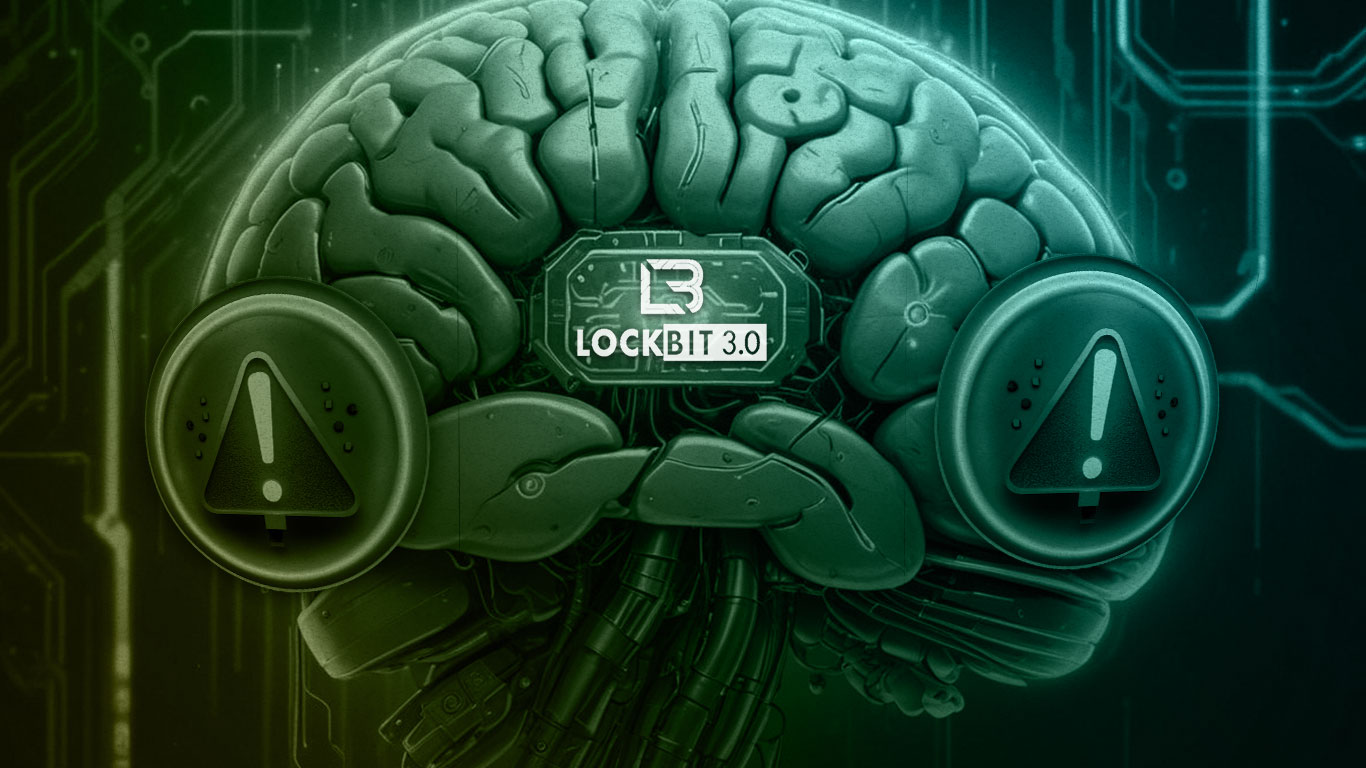
What is Brain Cipher? A New Ransomware from LockBit 3.0
Friday, 28 June 2024
Indonesia's recent attack on the Pusat Data Nasional (National Data Center) sent shockwaves through the nation. The culprit? Brain Cipher, a new strain of ransomware believed to be linked to the notorious LockBit 3.0 group. But what exactly is Brain Cipher, and how does it differ from other threats?
Key Takeaways:
- A new ransomware variant targeting Indonesia called Brain Cipher, linked to the infamous LockBit 3.0.
- Brain Cipher encrypts data, disrupting critical operations and potentially leading to data leaks.
- Brain Cipher uses powerful algorithms and unique keys, making decryption extremely difficult.
- Brain Cipher serves as a stark reminder of the evolving cybersecurity landscape.
Brain Cipher: The Descendant of LockBit 3.0
Brain Cipher isn't entirely new. It's a variant of the notorious LockBit 3.0 ransomware, a global criminal enterprise responsible for numerous cyberattacks. LockBit has gained a reputation for its ruthlessness, targeting everything from healthcare institutions to government agencies. It is known for its aggressive tactics and its use of "double extortion," where they not only encrypt data but also threaten to leak it publicly if the ransom isn't paid.
Brain Cipher appears to be a customized version, specifically designed to target Indonesian systems. It is a sophisticated ransomware program that encrypts a victim's data, essentially locking them out of their own information. This can include critical documents, financial records, and even personal data.
How Does Brain Cipher Work?
Ransomware, in essence, is digital extortion. Brain Cipher works by infiltrating a computer system, encrypting critical data (documents, emails, databases), and rendering them inaccessible. The hackers then demand a ransom payment to decrypt the stolen information.
Beyond its ability to disrupt operations, Brain Cipher poses a significant threat due to its sophisticated encryption techniques and the potential for severe consequences if the ransom is not paid. Here's a closer look at the factors that make Brain Cipher particularly dangerous:
1. Robust Encryption Algorithms
Brain Cipher likely employs powerful encryption algorithms like AES (Advanced Encryption Standard) or RSA (Rivest-Shamir-Adleman), renowned for their strength and resistance to cracking. These algorithms scramble data using unique keys, rendering it unreadable without the decryption key.
2. Combined Encryption Techniques
Brain Cipher may employ a combination of encryption techniques, such as symmetric and asymmetric encryption, to enhance complexity and security. This multi-layered approach makes it even more challenging to break the encryption and recover data.
3. Unique Encryption Keys per Victim
Each Brain Cipher victim likely has a unique encryption key, meaning only the attackers possess the means to decrypt the data. This tactic ensures the attackers have complete control over the decryption process and increases the likelihood of victims paying the ransom.
4. Data Deletion Threat
Brain Cipher may incorporate a data deletion mechanism that triggers if the ransom is not paid within a specified timeframe. This adds an extra layer of pressure to victims, forcing them to make a quick decision to either pay the ransom or risk losing their critical data permanently.
The combination of these factors makes Brain Cipher a formidable threat that can have devastating consequences for individuals and organizations. Imagine hospitals unable to access patient records, businesses locked out of financial data, or government services grinding to a halt. The pressure to pay the ransom can be immense, but there's no guarantee that decryption will be provided even if the ransom is met.
Brain Cipher Serves as a Wake-Up Call
Brain Cipher serves as a stark reminder of the evolving cybersecurity landscape. By understanding the threat and taking appropriate precautions, we can all play a role in mitigating the risks posed by ransomware attacks. Stay informed, remain vigilant, and prioritize cybersecurity measures to keep your data and systems safe. Join our Cybersecurity programs to equip yourself and your organization with the latest cybersecurity tools and techniques.
Contact us for more information.
Also read these articles:
The Nasty Evolution of Ransomware in 2024
Beware of Ransomware! Check These 4 Preventive Steps!
References
Franklin, R. (2022). AES vs. RSA Encryption: What Are the Differences? Precisely.
https://www.precisely.com/blog/data-security/aes-vs-rsa-encryption-differences
Kaspersky. (n.d.). Ransomware Protection | Kaspersky.
https://www.kaspersky.com/enterprise-security/wiki-section/products/ransomware-protection
Öztürk, E. (2024). Dark Web Profile: LockBit 3.0 Ransomware - SOCRadar® Cyber Intelligence Inc.
SOCRadar® Cyber Intelligence Inc.
https://socradar.io/dark-web-profile-lockbit-3-0-ransomware/
Panchenko, Y. (2023). How ransomware encryption works. Proven Data.
https://www.provendata.com/blog/how-ransomware-encryption-works/